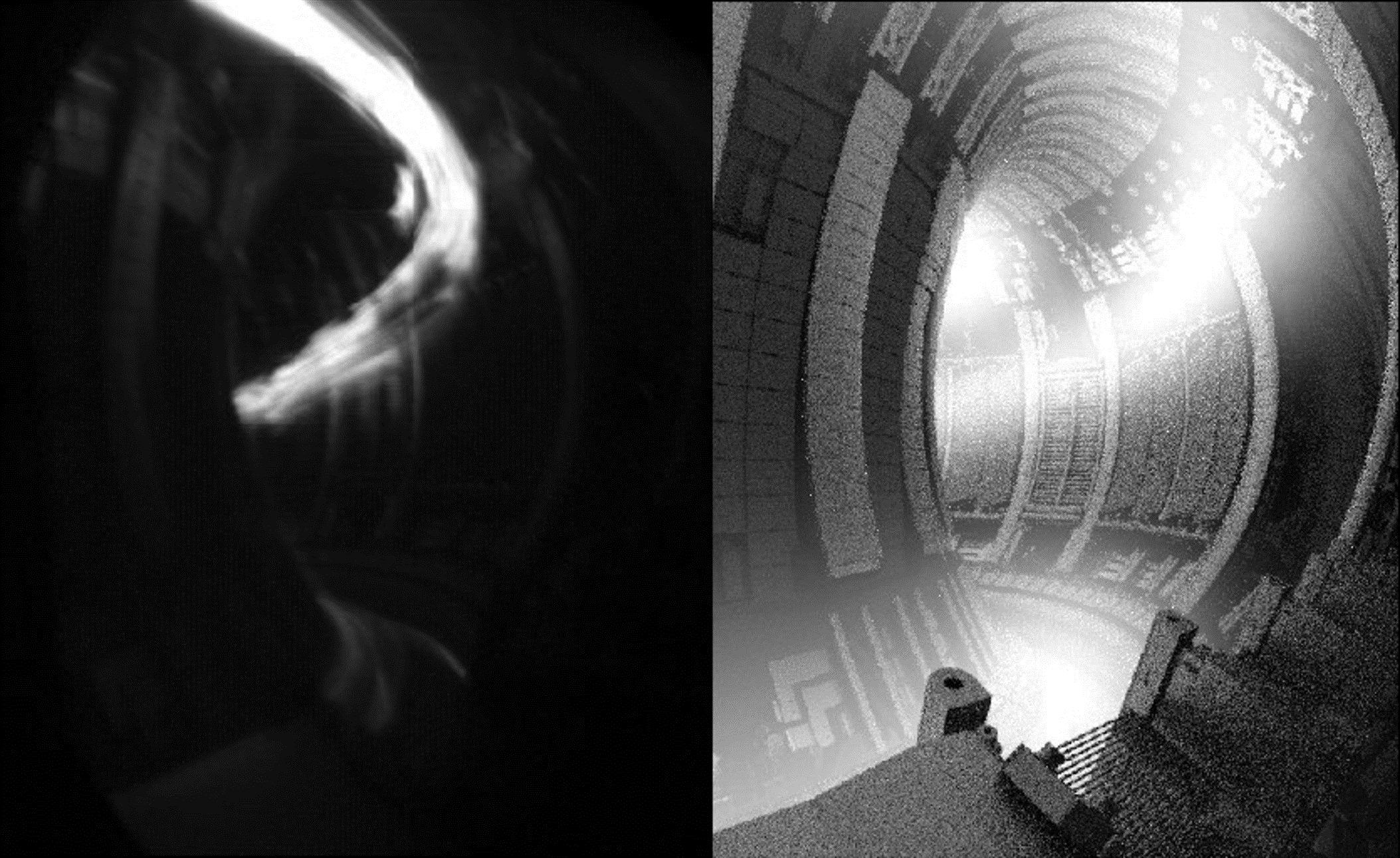The goal of this project is to develop the code framework for magnetic reconstructions of disruptions during SPARC operations. The capability of SPARC magnetics sensors to accurately reconstruct plasma currents and magnetic surfaces in disruptions will also be evaluated, with special consideration to whether halo currents can be accurately measured by the available diagnostics.
The locations and capabilities of SPARC magnetic diagnostics for equilibrium reconstruction during stable operation have previously been optimized and evaluated by IG Stewart et al., Nucl. Fusion 63 (2023) 126014. The magnetic diagnostics have not yet been evaluated for their performance in disruptions. Magnetic reconstruction in disruptions is substantially different from equilibrium reconstructions performed in relatively healthy “flattop” plasmas. Flattop equilibria are typically obtained using Grad-Shafranov solvers such as EFIT. However, Grad-Shafranov solvers often do not converge or produce poor results during disruptions, due to fast growing MHD modes and fast evolving pressure and current profiles. To analyze magnetic surfaces in disruptions, we instead use an approach known as filament reconstruction (DW Swain and GH Neilson, Nucl. Fusion 22 (1982) 1015). Plasma and wall currents are approximated as a collection of thin filaments, with current magnitudes obtained by least-square fitting to magnetic sensor data.

Magnetic reconstructions will be used for SPARC disruption analysis to aid in machine protection. Magnetic surfaces are used to identify the plasma limiting surface and the point of contact with the first wall during vertical displacement events (VDEs), to determine where current will flow in the wall and cause resistive heating or magnetic forces. Filament reconstruction may also be used to estimate halo and eddy currents, which likewise contribute to heating and magnetic forces on the wall, and can affect disruption timescales. Wall currents will be modeled as either thin filaments or as characteristic wall modes obtained using the OpenFUSION tool ThinCurr (Hansen et al., Comput. Phys. Commun. 315 (2025) 109713, and available open access here).
The filament reconstruction team is led by postdoctoral associate Ben Stein-Lubrano. Ben’s supervisors are Dr. Robert Granetz and Dr. Cristina Rea. Collaborators include the ThinCurr team lead by Dr. Chris Hansen (Columbia University).